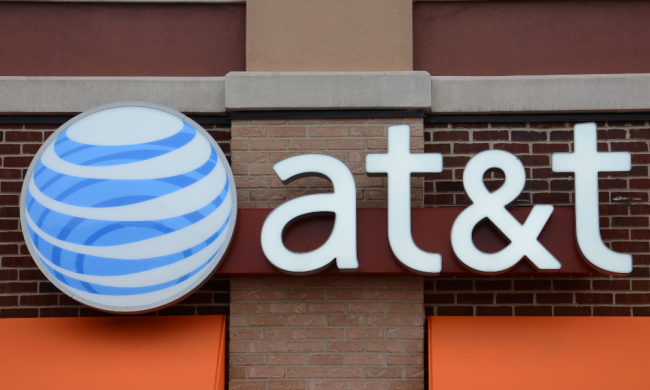Lockheed Martin’s new CEO sees a 5G future for the company, aiming to spearhead the development of a next-generation network for the U.S. military that would be used to control the country’s weapons. The idea isn’t too far fetched: The Pentagon has already expressed interest in building a military 5G network, and has already experimented with the technology on select military bases.
Jim Taiclet is no stranger to wireless. Before being appointed Lockheed’s new CEO, he spent two decades at American Tower, a company that owns nearly 180,000 communications sites worldwide. His comments came during Lockheed’s quarterly earnings call with Wall Street analysts.
While few details of Taiclet’s plans were provided on the call, he did see Lockheed diversifying into technology and forming new partnerships in the sector — which would be a significant shift away from its core aerospace and defense businesses.
While Taiclet wants Lockheed to expand into communications technologies, his comments to analysts did make it seem like it would be contingent on its customers — namely the U.S. government — helping to subsidize its research and development.
“It’s going to require cooperation with our customer and their sort of authorizing us to try some of these things,” Taiclet said during the call. “No one is going to take any risk on the defense industrial base by implementing these technologies in a different way if they’re not sure they’re going to get paid for it.”
That might be easier said than done, however. The coronavirus pandemic and the recent social unrest has drawn attention to military spending here in the United States, as politicians grapple with how best to keep the economy afloat through the duration of the pandemic and answer calls for a renewed focus on disadvantaged communities.
In Congress, Senator Bernie Sanders (I-VT) and Representatives Barbara Lee (D-CA) and Mark Pocan (D-WI) plan launched efforts this week to shave 10% off the Pentagon budget. In the House, the measure was defeated on a bipartisan basis Tuesday and is unlikely to be passed in the Senate when they vote later this week.
With the focus on fiscal stimulus rather than defense spending right now and with a ballooning deficit, Taiclet is likely to find little appetite for his plans in Congress for the foreseeable future.


